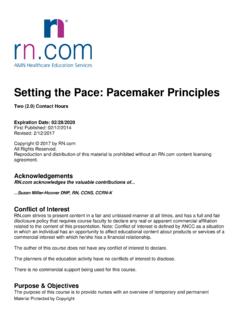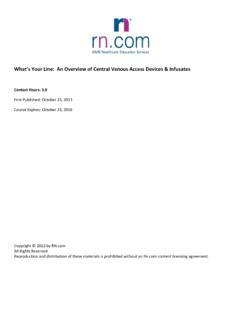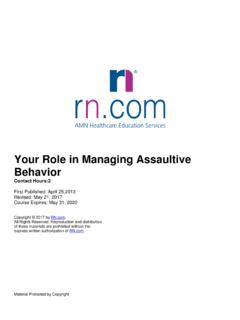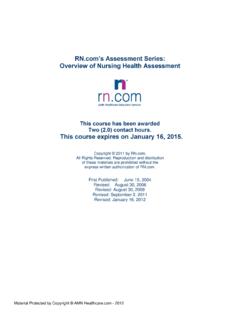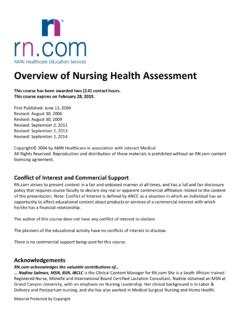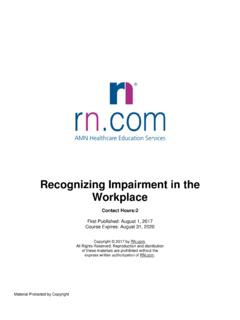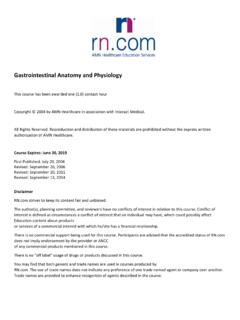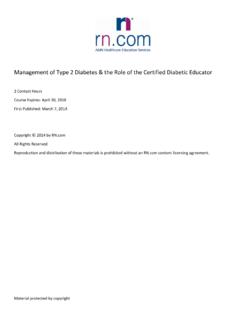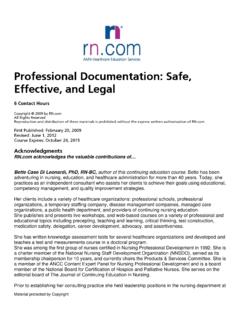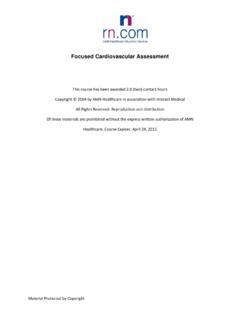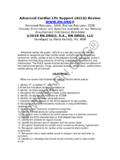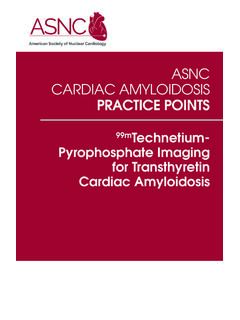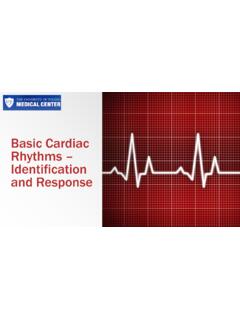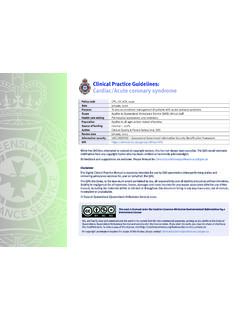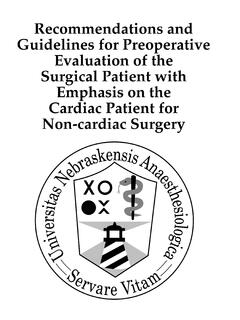Transcription of Lethal Arrhythmias - RN.com
1 Lethal Arrhythmias : Advanced Rhythm Interpretation Presented by: 12400 High Bluff Dr San Diego, CA 92130 This course has been approved for five ( ) contact hours. This course expires January 24, 2007. Copyright 2003 by All Rights Reserved. Reproduction and distribution of these materials are prohibited without the express written authorization of First Published: January 14, 2003 Revised: January 17, 2005 3 Purpose & Objectives .. 4 Introduction.
2 5 cardiac Anatomy and Physiology .. 6 Heart Chambers and Normal Blood Flow .. 6 Heart Sounds and Atrial Kick .. 6 Basic Electrophysiology .. 7 Electrical and Mechanical Properties .. 7 The cardiac Conduction System .. 8 Sinoatrial (SA) 8 Atrioventricular (AV) Node and AV 8 Bundle of 8 ECG Waveforms .. 10 Format for ECG 12 Step 1: Rate .. 12 Step 2: Regularity (or the Pattern of the Rhythm) .. 13 Step 3: P Wave Examination .. 13 Step 4: P to R Interval .. 14 Step 6: Rhythm Interpretation .. 15 Nursing Priorities and Potential Treatments .. 15 Premature Ventricular contractions.
3 16 Common Causes of PVCs .. 18 Ventricular Tachycardia .. 25 Ventricular Fibrillation .. 33 Asystole .. 38 Additional 41 43 References .. 44 Post Test Viewing 45 3 ACKNOWLEDGEMENTS acknowledges the valuable contributions ..Tracey L. Noble, RN, BSN, the author of Lethal Arrhythmias . Tracey earned her BSN at the University of Pennsylvania in Philadelphia, Pennsylvania. She started her nursing career at New York University Medical Center in Manhattan, New York on an adult medical unit. After spending most of her time in the cardiac step-down unit, Tracey realized her love of the cardiac patient.
4 Since then, Tracey has worked at the bedside in an intermediate care unit that specializes in the adult cardiac patient in San Diego, California and in the Heart Center at Salinas Valley Memorial Hospital in Salinas, California. As a clinical instructor for Hartnell College, Tracey instructed nursing students in adult cardiac medical/surgical care. Tracey currently works in cardiac care as an Advanced Clinician in an intermediate care unit at Sharp Memorial Hospital in San Diego, California. As an Advanced Clinician, Tracey's love for patient care meets with her passion for teaching.
5 Tanna R. Thomason, RN, MS, CCRN, contributor to this course. Tanna is the primary author of s ECG Interpretation: Learning the Basics. Tanna has over 20 years of experience as a clinician in the hospital setting. After completing her Master s Degree as a Clinical Nurse Specialist from San Diego State University in 1993, Tanna functioned as a critical care Clinical Nurse Specialist for Sharp Memorial Hospital in San Diego, CA. In addition to her Clinical Nurse Specialist role, Tanna has been teaching nursing students since 1998 in an adjunct faculty position at Point Loma Nazarene University.
6 In 2001, Tanna became President of Smart Med Ed, an educational consulting business. Tanna is a member of the American Association of Critical Care Nurses (AACN) and has served in various leadership roles for the San Diego Chapter of AACN. Other memberships include Sigma Theta Tau and the Cardiovascular Council of the American Heart Association..Karen Siroky, RN, MSN, for the 2005 review and update of this course. Karen is the Director of Education for Karen received her from the University of Arizona and her MSN from San Diego State University. Her nursing experience includes ICU, transplant coordination, recruitment, quality improvement, information, and education.
7 She has previously published articles on Quality Improvement and cardiac Transplantation. 4 PURPOSE & OBJECTIVES The purpose of Lethal Arrhythmias :Advanced Rhythm Interpretation is to instruct nurses on the identification and initial treatment of Lethal Arrhythmias . This course will build a foundation for recognizing and preventing these rhythms by providing a basic understanding of ECG rhythm interpretation. Case studies will help you apply what has been learned. After successful completion of this continuing education self-study course, participants will be able to: 1.
8 Discuss the basic electrophysiology of the heart. 2. Interpret an ECG waveform. 3. Discuss the importance of recognizing and identifying premature ventricular contractions. 4. State the possible causes for premature ventricular contractions. 5. State the warning signs of Lethal Arrhythmias . 6. Recognize and identify seven Lethal Arrhythmias . 7. State the possible causes for the Lethal Arrhythmias . 8. Describe the initial treatment for the seven Lethal Arrhythmias . 9. Articulate how to use a cardiac defibrillator/external pacemaker for cardioversion, defibrillation, and transcutaneous pacing.
9 5 INTRODUCTION As nurses, we need to be prepared in the event of a Lethal arrhythmia : a deadly heart rhythm. When a patient suffers a Lethal arrhythmia every few seconds count. Are you ready? Will you be able to make the quick decisions necessary to save your patient's life? Although patients with known cardiac disease suffer the greatest number of Lethal Arrhythmias , these rhythms can occur with any patient on any floor. In this course, you will study ventricular Arrhythmias and Lethal rhythms. You will learn about Premature Ventricular Contractions, Ventricular Tachycardia, Ventricular Fibrillation, Pulseless Electrical Activity, Agonal Rhythms, and Asystole.
10 You will learn how to detect the warning signs of these rhythms, how to quickly interpret the rhythm, and to prioritize your nursing interventions. The different treatments for each of these rhythms will be discussed as well as the different defibrillators that are currently being used. The course begins with a brief overview of the heart, the conduction system and rhythm interpretation. If you are not proficient in these areas, we recommend you take our introductory course, ECG Interpretation: Learning the Basics, before taking this course. 6 cardiac ANATOMY AND PHYSIOLOGY Heart Chambers and Normal Blood Flow The heart is a four-chambered structure made up of two receiving chambers called atria and two pumping chambers called ventricles.
